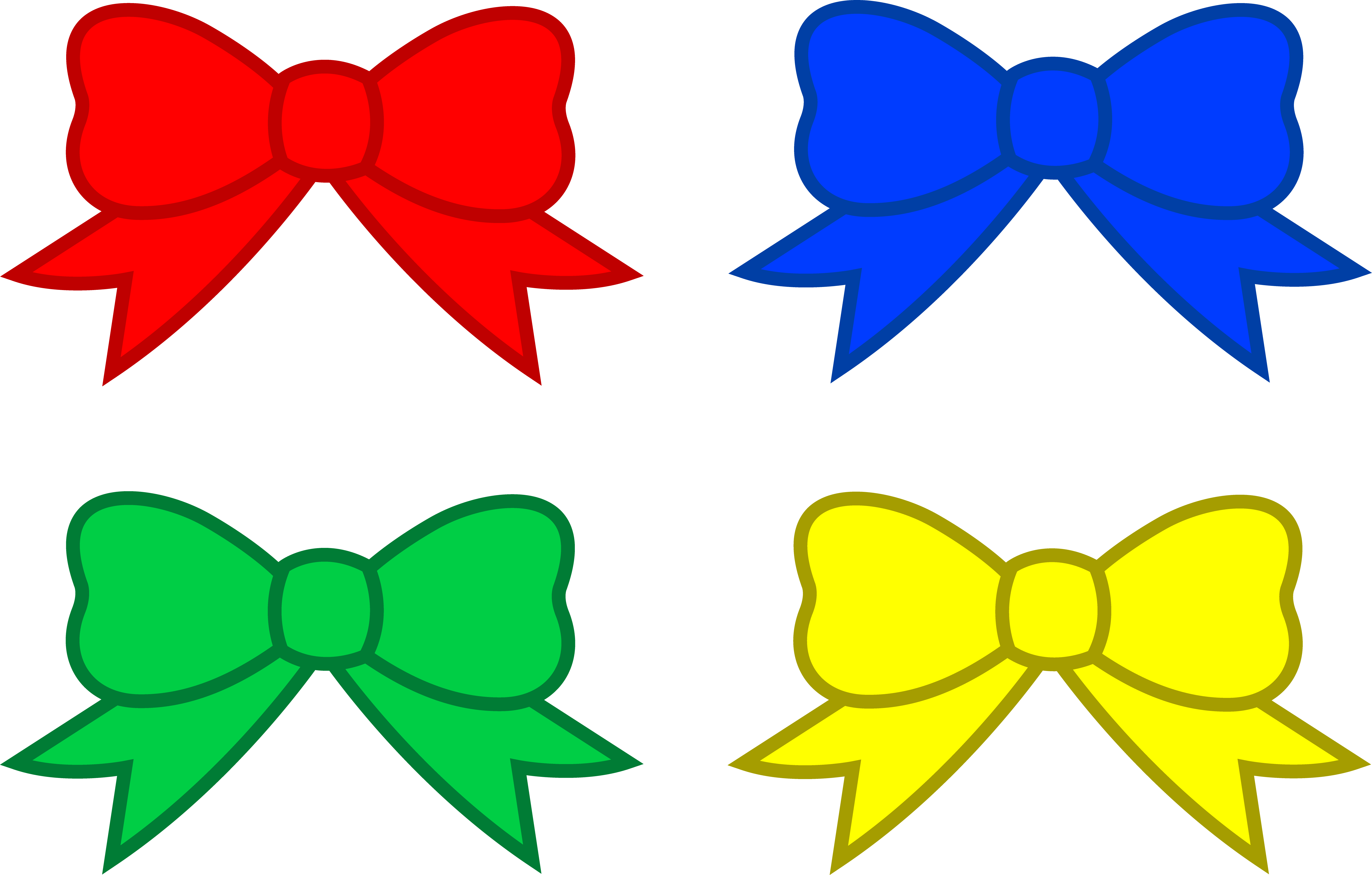

wrote about his decision as a college student to start wearing bow ties in his memoir A Life in the Twentieth Century: Innocent Beginnings, 1917–1950. Similarly, after Matt Smith made his debut as the bow tie-wearing Eleventh Doctor in Doctor Who, Topman reported a significant increase in demand for bow ties (from 3% of all tie sales to 14%). When Raj Bhakta wore one during his stint on The Apprentice, haberdashers reported customers asking for a bow tie which looked like his. When a celebrity is noticed wearing a bow tie, it can affect bow tie sales sales see an improvement when the accessory is associated with younger celebrities such as Tucker Carlson. wore a bow tie in the early 1960s, when he worked for U.S. In further defense of the bow tie, its use by figures such as Daniel Patrick Moynihan and Saul Bellow has been cited. Clement Stone, spoke out in support of the neck wear after the publication by fashion author John Molloy which observed, "Wear a bow tie and nobody will take you seriously." Stone associated bow-tie wearing with virility, aggressiveness, and salesmanship. The perceptions associated with bow ties started to take another turn in the 1980s, when Success Magazine 's founder, W. This perception was reinforced by the bow tie's association with Pee-wee Herman and U.S. By the 1970s, however, the bow tie became associated with nerds and geeks, such as the slapstick characters played by Jerry Lewis, and Mayberry's fictional deputy sheriff, Barney Fife. These writers often make the point that the image conveyed to others by a bow tie can be affected by associations with celebrities and famous people in the past.Ī common fashion accessory in the nineteenth century, the bow tie had positive associations by mid-twentieth century, bolstered by real-world personalities like President Franklin Roosevelt and the "political genius" Right Honourable Sir Winston Churchill as well as "devil-may-care" characters portrayed in films by actors like Humphrey Bogart and Frank Sinatra. Those who write about bow ties often mention famous people who wear or have worn them. Attention to famous bow tie wearers in commerce and fashion commentary In 1996, The Wall Street Journal quoted statistics from the Neckwear Association of America showing that bow ties represent 3 percent of the 100 million ties sold each year in the United States, most of them part of formal wear, such as for white tie and black tie. Starting in early 20th century, the bow tie started to become more rare. Until the 20th century, the bow tie was the general rule for neckties. Numerous writers and bow tie sellers have observed that the popularity of this type of neckwear can rise and fall with the fortunes of the well-known people who wear them. Men's clothier Jack Freedman told The New York Times that wearing a bow tie "is a statement maker" that identifies a person as an individual because "it's not generally in fashion". Bow tie wearing can be a notable characteristic for an individual.


 0 kommentar(er)
0 kommentar(er)
